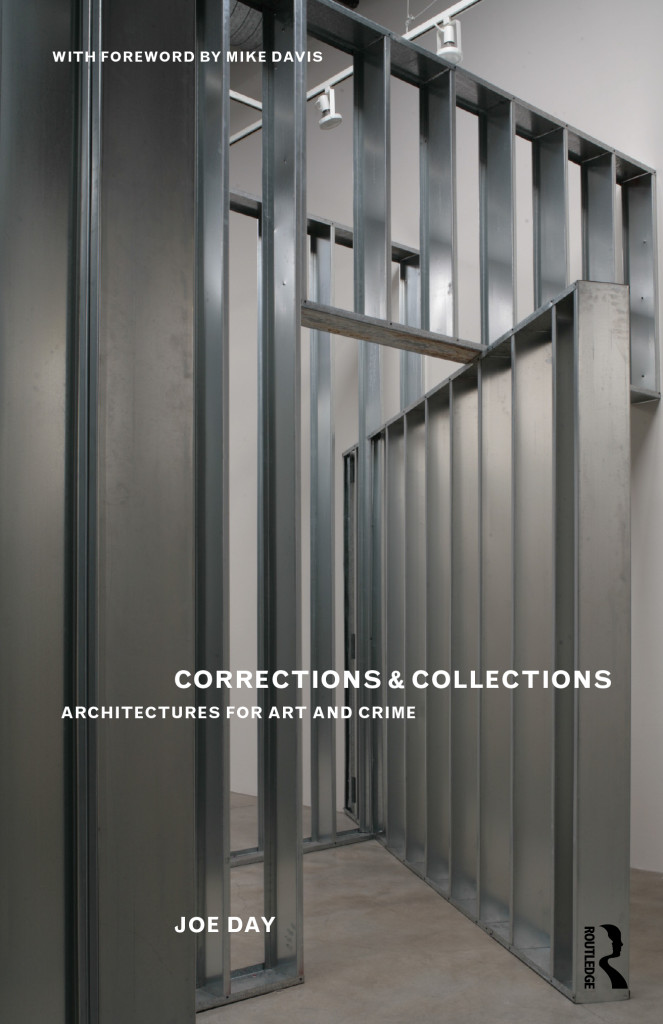Edited by Miriam Paeslack, University at Buffalo (SUNY), Buffalo, NY, USA
Buffalo, in New York state, is ‘ineffable’: a typical city in transition between its past and future. It is a classic example of one of many ‘shrinking cities’ in North America and elsewhere which once prospered because of heavy industrialization, but which now have to deal with various degrees of urban decay. Bringing together a range of scholars from the humanities, the social sciences, art and architecture, this volume looks at both the literal city image and urban representation generated by photographs, video, historical and contemporary narratives, and grass-root initiatives. It investigates the notion of agency of media in the city and, in return, what the city’s agency is. This agency matters particularly as it is both transforming – shrinking, fading, being redefined – and being shaped through its visual and spatial mediation. Read More …

